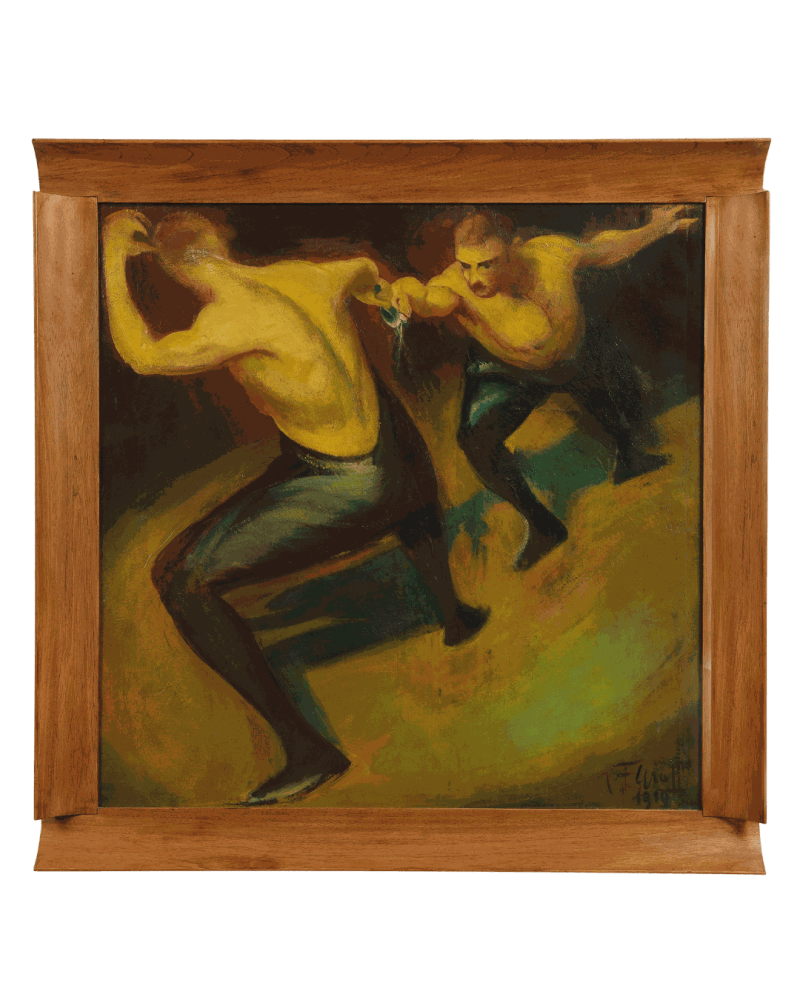GUSTAF FJÆSTAD
Moonlight over Engelbrektsholmen
![Ludwig Ferdinand GRAF, Fechter [Fencer], 1909](https://artlogic-res.cloudinary.com/w_1600,h_1600,c_limit,f_auto,fl_lossy,q_auto/ws-artlogicwebsite0395/usr/images/artworks/main_image/items/3f/3f2f7c5fa21846a3bf1e1e9158fcef7e/graf-schermitore-mail.jpg)

![Ludwig Ferdinand GRAF, Fechter [Fencer], 1909](https://artlogic-res.cloudinary.com/w_1600,h_1600,c_limit,f_auto,fl_lossy,q_auto/ws-artlogicwebsite0395/usr/library/images/main/artworks/327/graf-schermitore-retro-mail.jpg)
X International Art Exhibition, Glaspalast, Munich, 1909, no. 561; VIII International Art Exhibition of the City of Venice, 1909.
X International Art Exhibition, Glaspalast, Monac, 1909, p. 75, no. 561, Die Fechter.
Subscribe to our newsletter to receive all the news about exhibitions, fairs and new acquisitions!